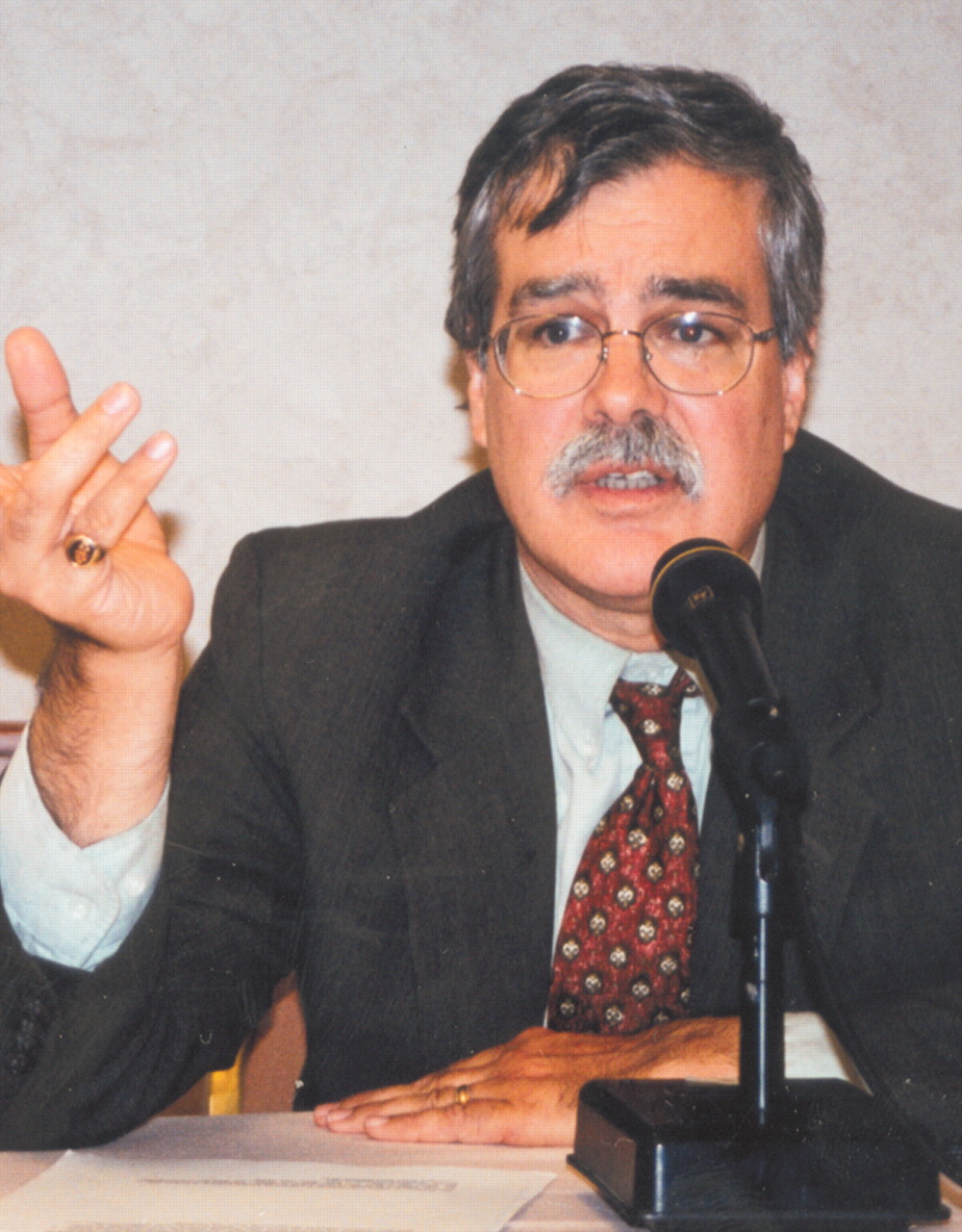Suicidal Inmates Can Often Be Identified

Karl Weaver, M.D.: “When we succeed in preventing suicides, very often we don’t know we’ve succeeded. But when we fail, we do know.”
While on the surface these inmates may seem to be improving, they may actually pose an imminent suicide risk, according to one prison psychiatrist.
“The first 24 hours of incarceration are the most critical in terms of suicide risk in inmates,” Karl Weaver, M.D., chief psychiatrist at the California Men’s Colony, a state prison in San Luis Obispo, Calif., told attendees at the annual meeting of the American Academy of Psychiatry and the Law in San Antonio in October. “Three-quarters of suicides in correctional settings take place in the first 24 hours of incarceration, and many of those happen within the first four hours.”
To assist prison psychiatrists in their evaluation of the short-term suicide risk among prison inmates, Weaver presented nine clinical scenarios in which inmates may be likely to attempt or complete suicide in the next few hours, days, or weeks, and he proposed strategies psychiatrists can use to manage this risk.
Greatest Risk Identified
The inmate who poses the greatest risk for suicide, Weaver said, is one who has been noticeably depressed, has voiced thoughts of suicide to those around him, or becomes “suddenly and inexplicably calm.”
“This inmate has now made up his mind that the only way to resolve his dysphoria is to take his own life,” Weaver said.
He will not tell anyone about his decision for fear of having his plans thwarted, according to Weaver, and “will do everything he can to deceive you about his intentions and give you a false sense of security about his improvement.” The brighter the inmate, the more reassuring his explanations will sound to others, he noted.
“Managing these inmates is difficult—you can no longer [believe] their self-reports,” Weaver pointed out.
An inmate who develops an acute level of anxiety, agitation, or fear may also pose great risk for suicide, he said. Most, but not all, are also depressed. It is the anxiety, however, that produces the energy necessary to stage a successful suicide attempt.
Inmates with psychosis and, in particular, “delusional thoughts of a negative or fearful nature along with an anxious or depressed mood” may also be at imminent suicide risk, he stated. These inmates may have grandiose delusions and are at greater risk for suicide than even inmates with command hallucinations, he said.
No Hope for Future
In one high-profile case, a judge sentenced a man who stalked pop star Madonna to a sentence of 10 years at the Men’s Colony. For years, Weaver recalled, the inmate refused to take antipsychotic medications and held fast to his belief that he and Madonna would one day be married.
He eventually began to take the medications, and “his delusional thinking cleared up,” Weaver explained. But since “the erotomanic delusion was his entire identity and the source of his self-esteem,” the inmate became a suicide risk. “Hopelessness creeps in when these guys finally give up their grandiose delusions. They lose their identities.”
Inmates who appear to be psychotic and injure themselves in a “bizarre” manner pose a moderate suicide risk, Weaver said. Some will attempt or succeed in amputating a limb or performing surgery on themselves, Weaver said, and may kill themselves in the process.
Those who are recovering from a major depressive episode are at increased risk for suicide as well. When there is severe psychomotor retardation, Weaver said, and the inmate’s antidepressant medications begin working, “energy levels can return before the dysphoric mood improves,” and inmates who harbor suicidal thoughts now have the energy to act on them.
Some inmates may exhibit depressed mood along with one of the following characteristics, which are also signals of high suicide risk: The inmate seems detached or aloof, has a history of violence, or has made prior suicide attempts without warning anyone.
Clinicians should be aware that inmates in the last group are unlikely to reveal current suicidal intentions. He added, “You may think you have an excellent alliance with the inmate, but the odds are that if he didn’t confide in anyone about the last suicide attempt, when he becomes suicidal again, he won’t tell you either.”
Weaver advised psychiatrists to “connect the dots” by probing the inmate about recent stressors, for example.
Inmates with depressed mood and no viable future plans or perceived support system may also be at significant risk for suicide, he added.
In addition, it is not uncommon for clinicians working with inmates who have made repeated suicide threats or attempts to feel some anger toward the inmate, but “anger can cause clinicians to overlook the real risk factors [in the inmate],” Weaver said, and to feel manipulated without exploring the despair behind the suicidal threats or attempts. ▪



